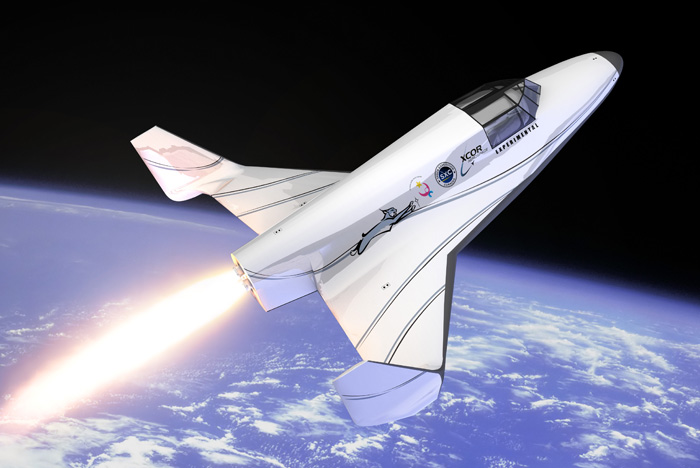
XCOR Aerospace has acquired Space Expedition Corporation, the previously independent Dutch company which served as general sales agent for the XCOR Lynx and XCOR’s first wet-lease customer. The new sales entity, XCOR Space Expeditions, will continue to focus on sales, commercial partnerships, and participant training on a global level. XCOR Space Expeditions will also serve as a sales channel for future wet-lease customers.
According to a press statement, the acquisition signals XCOR’s commitment to being “the most active space flight company in the world,” with the highest frequency of flights and fastest learning curve.
“For the past two years, SXC has provided XCOR Aerospace with an expanding roster of new customers and commercial partners,” XCOR chief executive officer Jeff Greason said. “We look forward to making the most of their expertise and insights with customers and commercial partners. With their sales and marketing engine now a part of the XCOR brand, we deepen the connection between customers and Lynx.”
“As a founder of SXC, and through my background in e-Business and Formula One, I understand that exceptional engineering and design are vital for performance and the overall customer experience,” said Michiel Mol, a new XCOR board member. “XCOR Aerospace is the best I’ve seen in spacecraft and rocket engine design. XCOR Space Expeditions will provide direct connection to the XCOR brand and more up-to-date information about Lynx for individual ticket holders, wet-lease customers,and commercial partners.”


